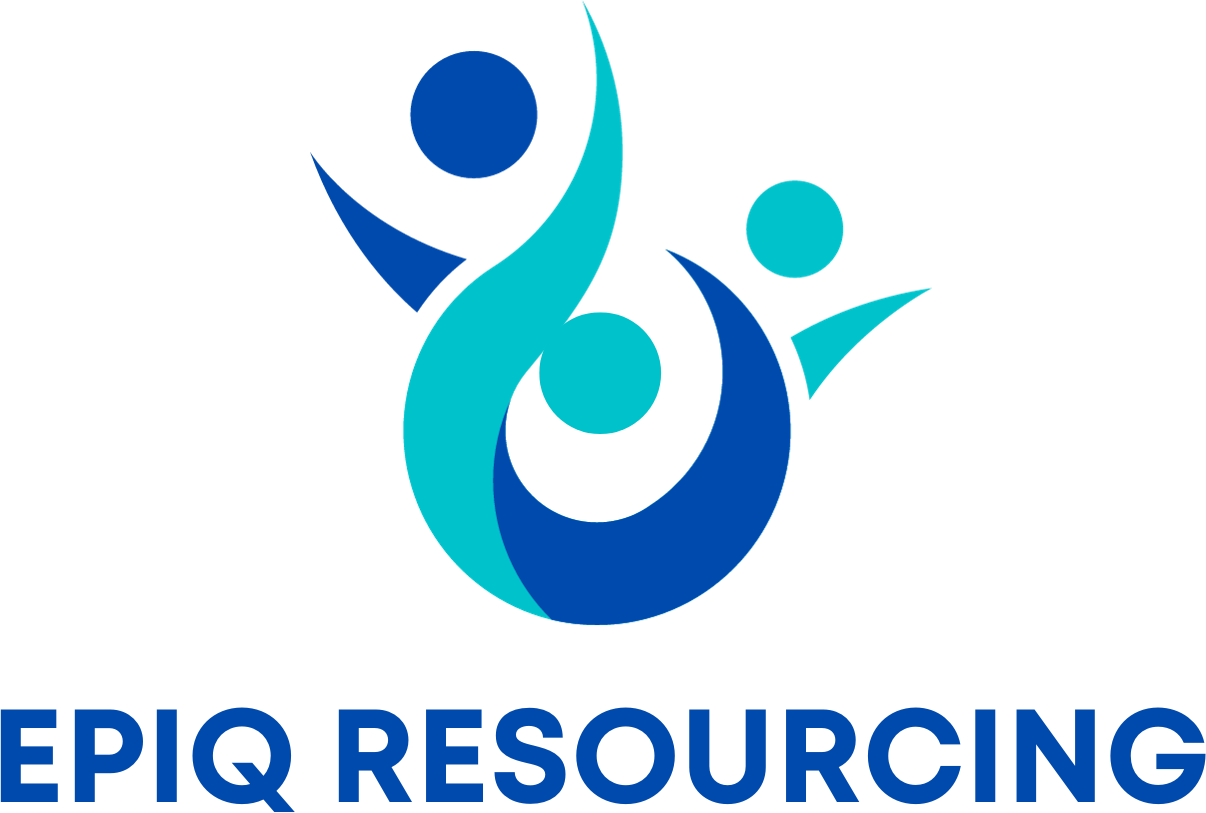The healthcare industry is on the rise with new innovative, high-tech equipment clubbed with health technologies. The combination of cutting-edge health technology and innovative medical equipment is making new waves in the healthcare industry. This paradigm shift is creating an unprecedented demand for skilled professionals in the health technology sector.
Organizations need to take a proactive and strategic approach to staffing to attract and retain top personnel in this dynamic environment. In this blog, we will delve into the key components of a winning staffing strategy tailored to the growing demand for health technology talent.
Comprehending the Health Technology Environment
Nowadays, health technology has significantly improved medical care by designing new techniques that efficiently handle the delivery, management, and overall quality of healthcare.
The health technology (HTC) industry is changing quickly, encompassing wearable devices, telemedicine platforms, electronic health record (EHR) systems, and uses of artificial intelligence (AI).
Professionals with a broad skill set that includes an understanding of the healthcare industry, IT proficiency, data analytics, and cybersecurity are in great demand as a consequence of this development.
Improve employer brand
A strong employer brand is a powerful tool for attracting top talent to your organization. An employer’s ability to attract the best talent in the highly competitive health technology field can be significantly impacted by their employer’s brand. Organizations can enhance their employer brand.
Highlight your organization’s commitment to cutting-edge technologies and innovative solutions in healthcare. Emphasize ongoing research and development initiatives, partnerships with industry leaders, and the impact of your work on advancing healthcare.
Feature testimonials and success stories from current employees who have made meaningful contributions to health technology projects. This provides potential candidates with insights into the positive and collaborative work environment within your organization.
Innovative Sourcing Method
To stay ahead in the competitive health technology talent market, organizations need to explore innovative sourcing methods. Relying solely on traditional recruitment channels may not be sufficient to meet the specialized demands of the industry.
Actively participate in HealthTech forums, conferences, and meetups. This provides an opportunity to connect with professionals who are passionate about the industry, actively engaged in discussions, and open to exploring new career opportunities.
Identifying Skill Gaps and Forecasting Future Needs
Conducting a thorough study of the organization’s current personnel and identifying skill gaps is the first step in designing an effective staffing strategy. This includes evaluating the skills and expertise required to assist with the integration and upkeep of HealthTech solutions. Furthermore, organizations must anticipate future needs by staying abreast of emerging technologies and industry trends. Proactive recruitment and training initiatives to meet impending skill demands are made possible by this understanding.
Strategic Partnerships and Collaborations
Organizations ought to think about forming strategic partnerships and working together with academic institutions, trade associations, and professional training programs to address the demand for specialist HealthTech talent.
Companies that interact with these organizations can have an impact on the creation of curricula, have access to a pool of highly qualified graduates, and enable continuing education for current employees. Such partnerships foster a mutually beneficial relationship where educational institutions produce graduates with relevant skills and organizations gain a competitive edge in talent acquisition.
Emphasizing Diversity and Inclusion
Any effective staffing strategy must incorporate diversity and inclusion because they foster a dynamic and creative work environment. Companies should actively promote inclusivity in their recruitment efforts, creating a workplace culture that values differences and encourages the exchange of ideas.
Investing in Continuous Learning and Development
The rapid advancement of health technology demands a dedication to ongoing education and training. Organizations should invest in training programs that empower employees to stay abreast of emerging technologies and industry best practices.
This fosters an innovative and adaptive culture in addition to improving the skill set of current employees. Professional development opportunities can include certifications, workshops, and participation in industry conferences.
Conclusion
In order to successfully staff for the growing need for talent in the health technology industry, a comprehensive approach is necessary. Organizations need to give priority to developing their employer brands, coming up with new sourcing strategies, and hiring wisely.
HealthTech businesses can establish themselves as top employers by implementing these tactics, drawing and keeping the qualified workers required to spur innovation in this quickly changing industry. By adopting such a broad strategy, businesses become leaders in the field and attract and retain the best employees needed to foster innovation in the fast-paced health technology sector.

